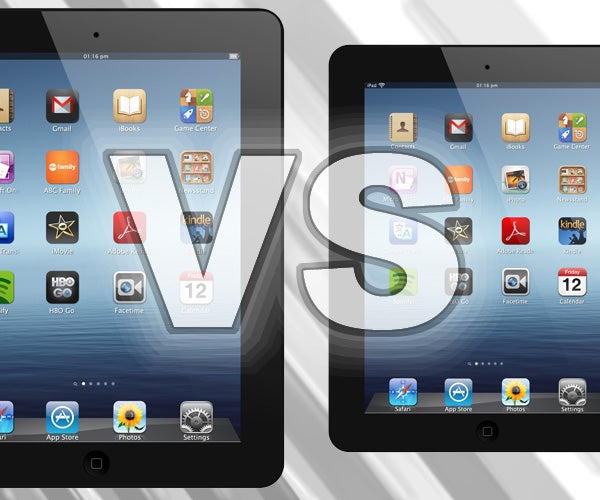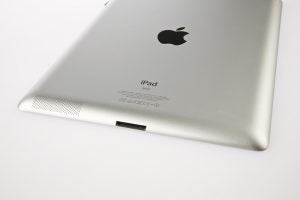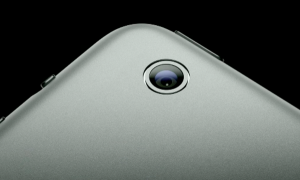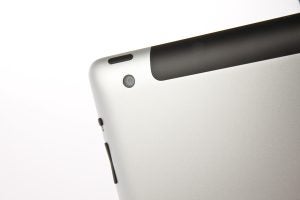iPad mini vs iPad 3

Connectivity
iPad mini – Lightning port, 4G version available
iPad 3 – 30-pin Apple connector, 3G version available
The Lightning port is the connector that was introduced when the iPhone 5 landed, and it’s a whole lot smaller than the previous 30-pin type. It makes it easier for Apple’s mobile gadgets to slim down even further, in particular the positively teeny new iPod touch and iPod nano.
Apple has announced a refresh for the full-size iPads, but if you own one right now, you’ll have the “classic” 30pin type. Functionally there’s not a great deal of difference, but it’s going to have a huge effect on the iPhone/iPad accessories market. Soon enough, accessory manufacturing for 30-pin iOS devices will wind down, in favour of the new type. 
iPad 3 30-pin connector. Goodbye, old friend
In terms of wireless connectivity, the iPad mini is more advanced as there’s a 4G compatible model. The mobile internet-enabled iPad 3 only offers 3G connectivity, which is one of the reasons why it has been replaced with the iPad 4.
Storage
iPad mini – 8/16/32/64GB
iPad 3 – 16/32/64GB
The iPad mini doesn’t alter the Apple storage status quo. You cannot upgrade the memory, you have to make do with what your device has to start with.
The iPad 3 starts at 16GB, and the higher-capacity 32GB and 64GB models incur a significant premium. Much more than a microSD of the same capacity could, that’s for sure. 
Apple’s iPad mini is no different. It comes in 16GB, 32GB and 64GB flavours, and the entry level model costs £269. The iPad mini may be smaller, but we recommend opting for as high-capacity a version as you can afford. Thanks to the proliferation of Universal apps, an app for the iPad 3 will often demand the same amount of storage as one for the full-size iPad, in spite of using much lower-resolution art assets.
Camera
iPad mini – 5-megapixel “iSight” main camera, 1.2MP FaceTime camera
iPad 3 – 5-megapixel “iSight” main camera, VGA FaceTime camera
For a while we were unsure as to whether the iPad mini would come with one camera, two cameras or no cameras at all. Now we know that, like the iPad 3, it has a sensor for the rear and one on the front. 
iPad mini camera
The rear 5-megapixel sensor is there to take photos, and should hopefully make you look slightly less ridiculous than the iPad 3’s 5-megapixel sensor would. Taking pictures with a full-size tablet is not cool.
Both tablets also feature a front sensor, which is primarily there to be used with FaceTime. This is Apple’s take on Skype, letting you talk for free with iPod touch, iPhone, Mac and iPad users over an internet connection. It’s really rather good if you have friends, relatives or miscellaneous loved ones in another country. The iPad mini’s FaceTime camera is slightly better than the iPad 3’s, with 1.2MP instead of VGA resolution.
The rear camera of the iPad 3
Neither camera setup is particularly notable in either device, though. Apple is too smart to put a huge emphasis on camera quality in a tablet, which is innately not that handy for photos (compared to, say, an iPhone).
Verdict
The iPad mini shows why the iPad 3 was due to be phased out in favour of the iPad 4, even though it’s not exactly old. Its processor power arguably isn’t that great for a device of its screen resolution and 3G connectivity just doesn’t cut it anymore now that EE is getting the UK on 4G tracks.
A younger cowboy is showing the old pistol-slinger new tricks. It’s just sad that the old chap is barely out of puberty.


